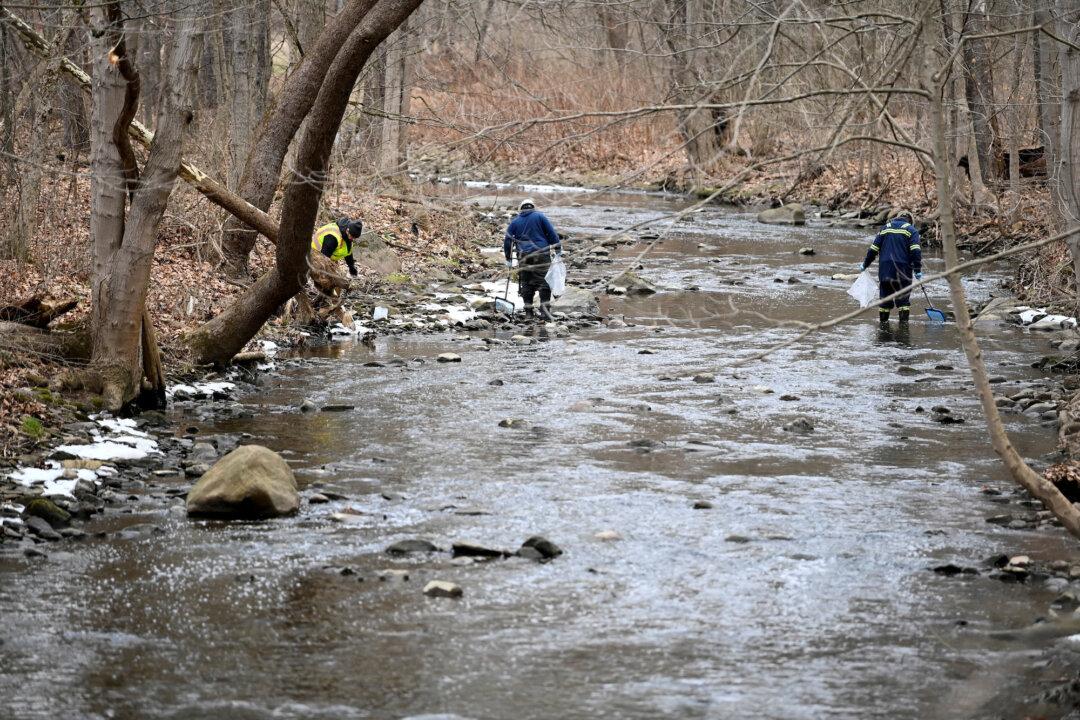Ohio Gov. Mike Dewine said on Wednesday that water in East Palestine’s municipal system is safe to drink nearly two weeks after a train derailed, leaking toxic chemicals into the environment.
DeWine said that new water testing results showed “no detection of contaminants in East Palestine’s municipal water system." As a result, the Ohio Environmental Protection Agency “is confident that the municipal water is safe to drink,” DeWine said on Twitter.





